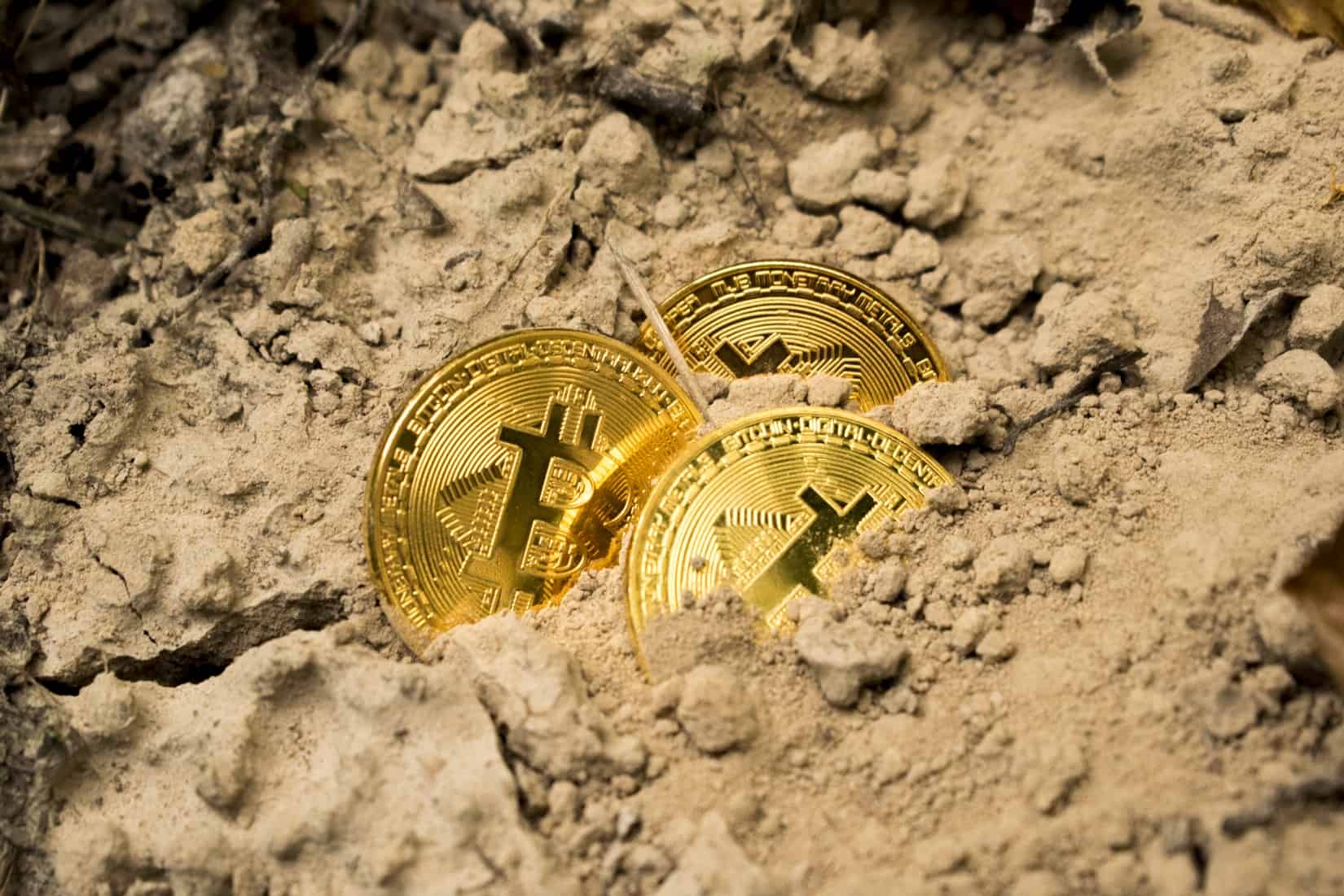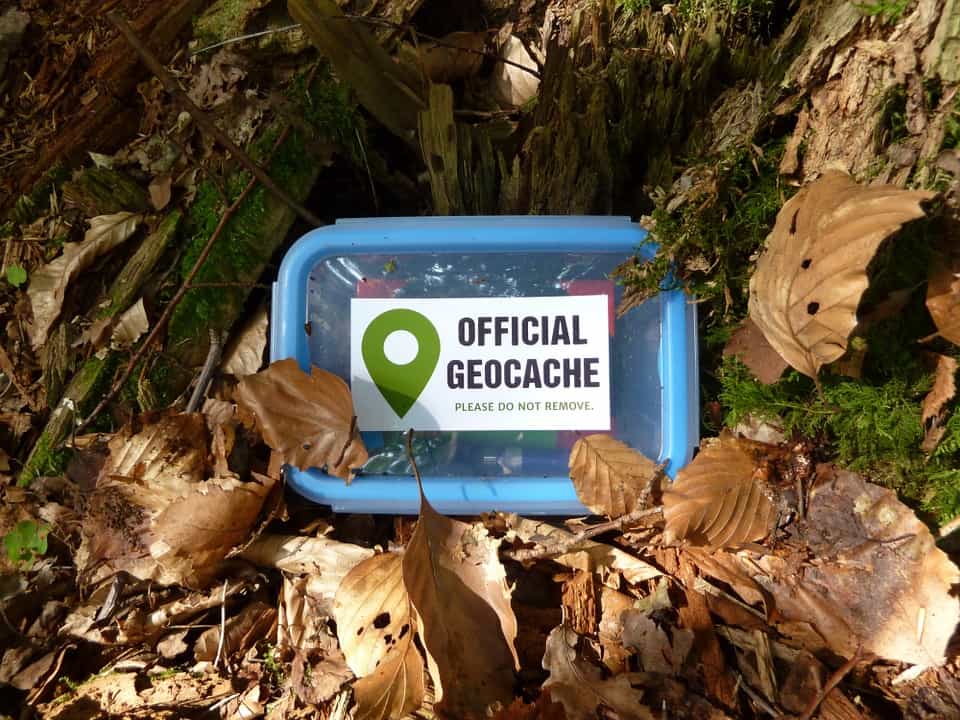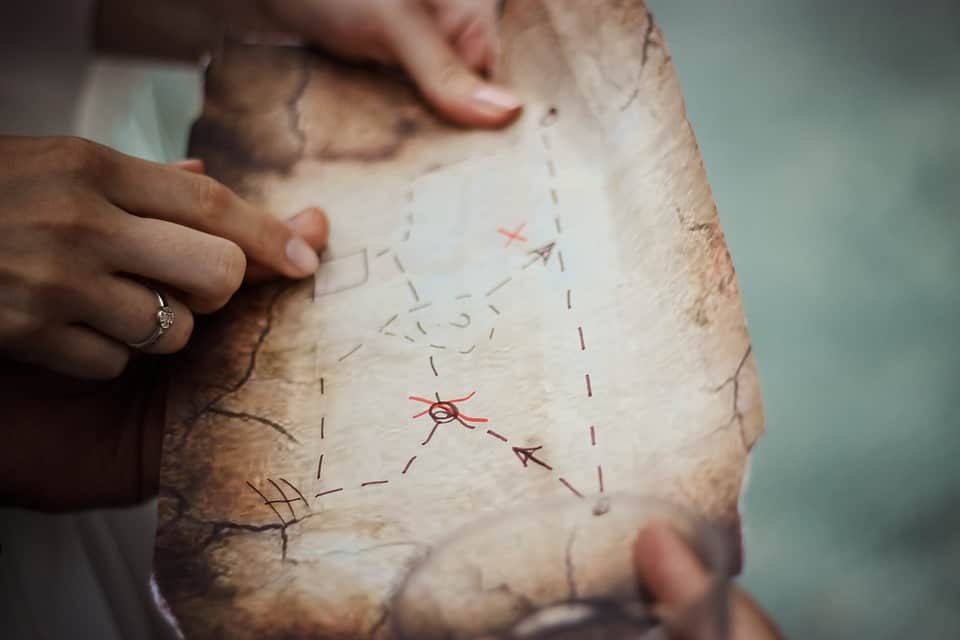Every year in Port Macquarie, keen treasure hunters gather for The Big Dig. This family friendly day out offers something for everybody to enjoy. Come along and have some fun while raising money for charity.
Take a look at what’s involved with The Big Dig and get inspired with some stories of looking for treasure through history.
What is The Big Dig?
Hunting for treasure is fun. Dressing up and digging for buried treasure makes it even more so.
The Annual Big Dig has become an anticipated event to
raise funds for the Rotary Club of Port Macquarie Sunrise. The Rotary Club works hard on multiple local and national projects to keep communities healthy and lively. Getting in on the action at The Big Dig will help them keep up the good work.
Come on down to Town Beach on June 2nd to join in the fun at the eighth annual Big Dig. Treasure, in the form of tokens, will be buried all along Town Beach. Once you have found a token, you can take it to be exchanged for prizes. And don’t worry, because no child will go home empty handed.
The Big Dig will also offer face painting, walking the plank, a selfie station with stocks, a dunking station, jumping castle and much more.
For even more motivation to dress up, there is also the chance to win the ‘Best Pirate’ competition. At $30 per adult and $5 per child, The Big Dig is an amazing day out that helps to benefit the local community.
As The Big Dig website shares: “With over 1,000 parents and children typically attending, we believe the greatest compliment for the event is the number of families who have attended almost every year it has been held.
Registration commences at 8:30am with the first dig (3 & Under) commencing at 10:30am.
The FamilyBig Dig will start at 12:00pm and has a major prize valued at around $1000.00, donated by Optus”. You have to be there to be in with a chance!
Now you know all about The Big Dig in Port Macquarie, find out more about treasure hunting and the history of buried treasure.
All about pirates and buried treasure
Pirates have been a part of the public imagination for more than a hundred years. Today we enjoy countless movies, tv shows and kids programmes about swashbuckling heroes and peg-legged ne’er-do-wells. In popular culture, pirates are seen as somewhat loveable, adventuring scoundrels, not as the blood-thirsty marauders they really were (and still are, in some parts).
For as long as people have had organised shipping, there have been rogue vessels sailing the seven seas. As far back as Ancient Greek times, pirates were a documented problem. They were notorious for robbing ships and instigating at-sea battles. In the late Roman republic, Senator Pompey gained recognition and power by scuppering the pirate problem in the Mediterranean at the time.
The Pirates we are more familiar with from TV and movies have a more recent pedigree.
The global exploration that began to take place after Columbus and Magellan took their famous journeys made seafaring vessels a predominant part of the global economy. Ships were bringing back countless treasures from the New World… and where there is wealth there are thieves.
Before too long, the Carribean was rife with pirates set on making their fortune by stealing from others. This is the period that gives us many of the names we know so well today; Black Beard, Captain Kidd, Black Bart and Ann Bonny to name a few.
Some pirates, commonly known as ‘Buccaneers’, even worked under a veneer of legality. The Welsh Buccaneer William Morgan is an example. The British Government sanctioned some of his actions — provided he attacked only Spanish and Portuguese ships. France and Holland also had a habit of sanctioning such criminals and, for a time, these ruffians were the scourge of the Spanish and Portuguese fleets.
Of course, once a pirate had boarded a ship and taken its fortune, he had to do something with his new found riches. Appearing on shore and suddenly spending frivolously would cause suspicion and probably further theft. A bank deposit wasn’t possible either, for a number of reasons!
Therefore, secreting your treasure away until ‘the ‘heat’ was off seemed like a good idea. Whether they did or not, the notion of pirates burying treasure took off amongst pub-talk and eventually in folklore.

Famous Missing Treasure
When it comes to pirates and buried treasure, there is one name above all others; Captain William Kidd. This pirate had buried some treasure on Gardiner Island, near Long Island, but it had been recovered and used as evidence against him.
After his eventual hanging in 1701, rumours started to circulate that he had buried valuables somewhere on the East Coast of America.
Ever since the tale emerged, people have searched for the lost gold of Captain Kidd. From Nova Scotia to New Jersey and even as far afield as Madagascar, people are still searching for his booty.
Closer to home, where gold mining has been a significant part of our history, is Lasseter’s Reef. In the late 1920s and early 1930s, a man named Harold Bell Lasseter began to circulate stories of a massive gold reef that he had discovered somewhere in central Australia. His accounts were vague and somewhat contradictory, but, as with so many stories of treasure, the idea took hold.
Almost a century later, Lasseter’s Reef remains a part of Australian Folklore. No one has ever found the legendary deposit but perhaps one day some lucky prospector will strike it very rich indeed.
The world’s biggest treasure discoveries
Pirates may not be responsible for it but real buried treasure does exist. Perhaps pirate gold hoards are few and far between, but over the years plenty of real treasure has been unearthed. Here are a few famous examples:
- The Hoxne Hoard. In the early 1990s, having lost his hammer in a field, farmer Peter Whatling asked for a friend with a metal detector for help. The search for the hammer resulted in the unearthing of close to $4 million worth of coins and artefacts dating back to the Roman occupation of Britain. You can see the treasure now at The British Museum, along with the fateful hammer.
- The Staffordshire Hoard. Farmers with metal detectors seem to have a knack for discovering bounty. In 2009, a British farmer found the largest trove of Anglo-Saxon treasure in history. Including multiple military items and a number of religious artifacts, the treasure has been valued at comfortably over $4 million. Probably more than will ever be unearthed at Town Beach!
- The Caesarea Sunken Treasure. In 2015, scuba divers off the coast of Israel thought that they had found a child’s toy. Closer inspection revealed a golden coin. Subsequent searches uncovered nearly 2000 coins. Dating from around 800 to 1000 years old, the coins are such a priceless find that they have yet to be given a modern monetary value.
- The Wreck of the Batavia. In 1963, a lobster fishermen finally tracked down the legendary wreck of the Batavia off the coast of Western Australia. Through the 1970s, a large section of the ship and a huge array of artifacts, including chests of coins were brought to the surface. You can see many of these wonderful objects today at the Maritime Museum in Fremantle, WA.
- The Welcome Stranger Nugget. Not all treasure is left by others. Claimed to be the largest gold nugget ever found, the Welcome Stranger, was unearthed by two prospectors in Victoria in 1869. The natural wonder weighed in at 78kg and is probably worth more than the contents of any lost pirate’s chest.

How to hunt for treasure in modern times
The number one tool, as you may have guessed from the list of found treasures, is the metal detector. Relatively cheap and easy to use, the metal detector is the modern-day treasure hunter’s best friend. You may not be as lucky as the aforementioned British farmers but there are still places to search for treasure in Australia.
Beachcombing has long been a popular hobby among amateur treasure hunters. Lost coins, watches, or other bits and pieces can all be uncovered. Metal detecting can also be done almost anywhere you believe you might find treasure. Just ensure that you follow a few simple rules:
- Check for local laws around detecting in parks or public land.
- Always get permission to detect on private property.
- Do not detect in national parks or heritage listed sites.
- Check to see what relevant permits you need for your state or region.
- Be aware of other prospectors claims (Some people can be fiercely protective).
- Handle what you find with caution
Geocaching
The latest trend in treasure hunting is actually virtual and while the treasure don’t have value, the search is entertaining.
Known as Geocaching, this is a fun new hobby enjoyed by thousands and can take place anywhere. As long as you have a GPS capable phone, you can download an app and go Geocaching.
The app will give you a series of coordinates and to help you find the hidden cache. Once you track it down, you can add your name to the log book and enjoy the satisfaction of a successful search. You may not find any real treasure, but Geocaching can be a fun and challenging activity for a group or an individual. You can even make finding a geocache a race between two teams!
If you enjoy Geocaching with your kids, you can think about creating a new ‘treasure chest’ and hiding something of value in your local area.

The laws about finding cash or treasure in Australia
We all love to daydream about finding buried treasure or even a suitcase of cash. However, finders doesn’t necessarily mean keepers.
In Australia, you must be very careful of ‘theft by finding’. If you find anything of any value it is best to notify the authorities immediately. Should you be unable to satisfactorily prove the item was truly lost, you may find yourself in trouble with the law. Even cash found on the street can lead to trouble if you are not careful.
Natural minerals, like gold, for instance, are best declared if found in any quantity. If you are on private land, the owners may have a claim to your find so it is best to keep things above board.
If you ever happen upon what you believe to be an Aboriginal artifact, leave it where it is. Notify your local Office of Environment & Heritage office. It could be a treasure which belongs in a museum.
Maintain transparency and make your discovery known to the local authorities and you should have no trouble. It may mean you aren’t ultimately able to keep your find but it could be the difference between a windfall and jail time!
The Big Dig: What to bring
Are you planning to join in at The Big Dig?
As always for a day outdoors, make sure to bring the sunscreen, a hat and plenty of water. Just because winter will be on the way doesn’t mean the sun can’t burn so always stay sun smart!
Feel free to join in the fun by dressing up and don’t forget there is an entry fee ($5 for children $30 for adults) so make sure you have the cash you need. A basic costume is enough or you can get creative and go all out with full pirate regalia.
There will be a BBQ tent and coffee facilities for Mums and Dads but picnic lunches are also welcome. If you’re participating in the treasure hunt , a small shovel or trowel will do a great job. For afterwards, bring some beach toys for the kids. You can stay at the beach to enjoy the afternoon with the local community.
After the Big Dig, come to the Westport Club.
The Westport Club is the perfect place to come and unwind after your morning at The Big Dig. Treasure hunters are welcome to enjoy amazing food in a friendly, relaxed atmosphere at Aqua restaurant or grab a cup of coffee at Hasting Coffee Co. You may even be lucky enough to come in to celebrate your grand prize win!

